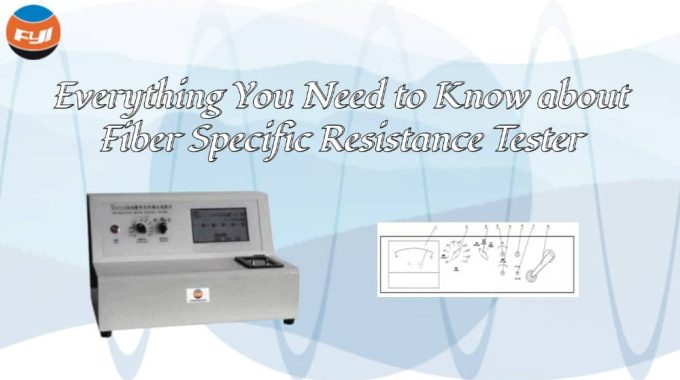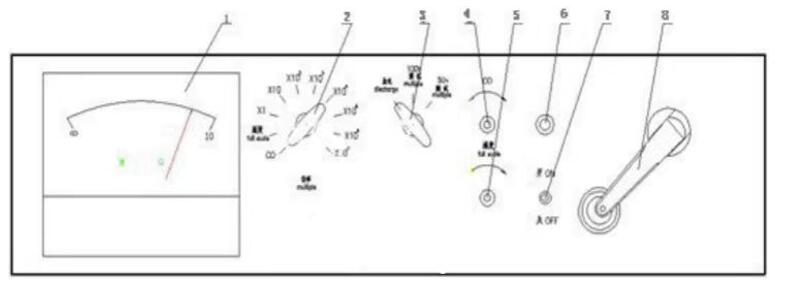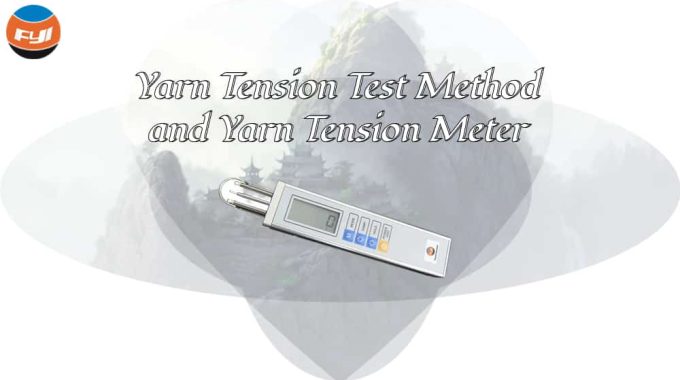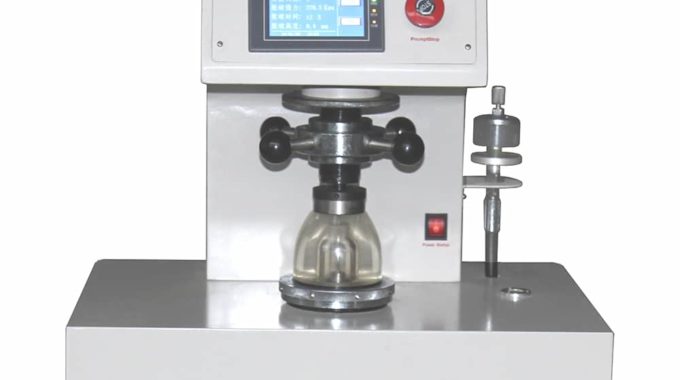
Everything You Need to Know about Fiber Specific Resistance Tester
Contents
Introduction
Fiber resistance meter, also known as fiber specific resistance instrument or fiber specific resistance tester, is mainly used to measure the conductivity of fibers.
This instrument measures the resistance value with a certain density under a certain geometric shape, and then converts it into the specific resistance of the fiber based on its filling degree. Specific resistance is an indicator that describes the conductivity of fibers, especially during chemical fiber processing. Friction can generate static electricity and accumulate easily, affecting the smooth progress of the process. Therefore, measuring the specific resistance of fibers is an effective method for quantitatively understanding the conductivity of fibers and predicting their spinnability. Through this method, the quality of fibers can be controlled and optimized to ensure their smooth spinning process.
Measuring the specific resistance of various fibers: Whether it is natural fibers or synthetic fibers, fiber specific resistance testers can provide accurate measurements of specific resistance, which is crucial for studying the electrostatic properties of fibers.
Automation and accuracy improvement: Modern fiber specific resistance testers, such as YG321D automatic fiber specific resistance tester, adopt automatic compression fiber and touch screen digital measurement technology, which significantly improves the resistance testing range, testing accuracy, and automation level compared to traditional instruments.
The fiber specific resistance tester is not only suitable for scientific research and teaching institutions, but also for fiber manufacturers and fiber using departments. It has a wide range of applications for measuring the specific resistance values of chemical fibers and long filaments.
Definition
The volume resistance of fibers within a certain volume, calculated based on fiber density.
Structure of fiber specific resistance tester,
The fiber specific resistance tester consists of two parts: a fiber testing box and a high-value resistance tester. The fiber box is a rectangular metal box used to place the measured fiber. There are two electrode plates on both sides of the inner wall of the box, insulated with polytetrafluoroethylene in the middle. There is a pressure block at the open end of the box. Shaking the pressure device handle can change the area of the electrode plate to achieve the bulk density of the measured fiber, that is, to reach the standard filling degree. The high resistance tester consists of a DC stabilized power supply, a high impedance DC amplifier, etc. The appearance of the instrument is shown in the figure. The names and uses of each regulator on the panel are as follows:

- Indicator header.
- Magnification selection switch: Select the magnification reading of the instrument based on the fiber specific resistance value.
3. Test switch: When the test switch is placed in the “discharge” position, the two electrode plates of the test box are grounded, and the residual charge on the two electrode plates during the testing process is discharged to ensure smooth and accurate testing. When the test switch is placed in the “test” position, two test voltages of 50V and 100V can be selected as needed.
4. “∞ “adjustment button: Adjust the pointer of the header to point to” ∞ “.
5. Full degree adjustment knob: Adjust the meter head to point to full degree.
6. Power indicator light.
7. Power switch: Upward indicates that the power is turned on.
8. Rotate the handle of the pressure device to maintain the bulk density ratio of the test fiber.
Working Principle
The measurement of the specific resistance of a single chemical fiber is difficult and has no practical significance. What has practical significance is the resistance formed by a cluster of fibers, where the contact resistance between individual fibers plays an important role.
Chemical fibers are linear high molecular weight polymers with different elasticity and shapes depending on their variety, and the contact state between fibers is also uneven. So, it is difficult to measure the specific resistance of a scattered fiber without a certain density and shape. For this purpose, a fiber specific resistance box was designed to give a certain weight of scattered fibers a certain current state. There is a pressure device at one end of the fiber box opening, which applies a certain pressure to give the fibers that have a certain current state a certain density. Assuming that the fibers inside the testing box are treated as a uniform substance without air, the resistance of the fibers will conform to the electrical properties of general materials, and its resistance law is as follows:
r=R*S/L (1)
r: Electrical resistivity
R: Fiber resistance value
L: Distance between electrodes
S: Electrode plate area
However, it is impossible for there to be no air inside the measuring box. In this case, the actual electrode area occupied by the fibers is not S, but S · f, where f is the filling factor.
f=VE/VF=m/d/SL=m/(d*SL) (2)
VE: Fiber actual volume
VF: Testing box volume
m: Fiber mass
d: Fiber density
At this point, equation (1) becomes:
r=r*f*S/L=R*b*h*f/L (3)
Formula (3) is the testing formula for fiber specific resistance, and since f is an indefinite value in this formula, formula (3) has no practical significance. Provide relevant information and extensive experimental evidence that under specific density conditions (f=0.23-0.43), f · L=constant is:
r0=r*f/f0=C
r0: Standard filling degree
Therefore, under the condition of standard filling degree, it is convenient to use a high resistance meter to measure the resistance of fibers by converting the bulk density ratio to other specific resistance values.
Automatic Fiber Specific Resistance Tester YG321
Automatic Fibre Specific Resistance Tester is used for measuring the resistance of various chemical fibre in specified weight to calculate the fibre specific resistance. It can measure the specific resistance value of various chemical fibers. It is one of the important instruments for measuring the spinnability of chemical fibers, with the advantages of accurate, stable, rapid testing data, and easy operation. Suitable for measuring the specific resistance of chemical fibers in scientific research, fiber inspection, production and usage factories of chemical fibers, and other departments.


